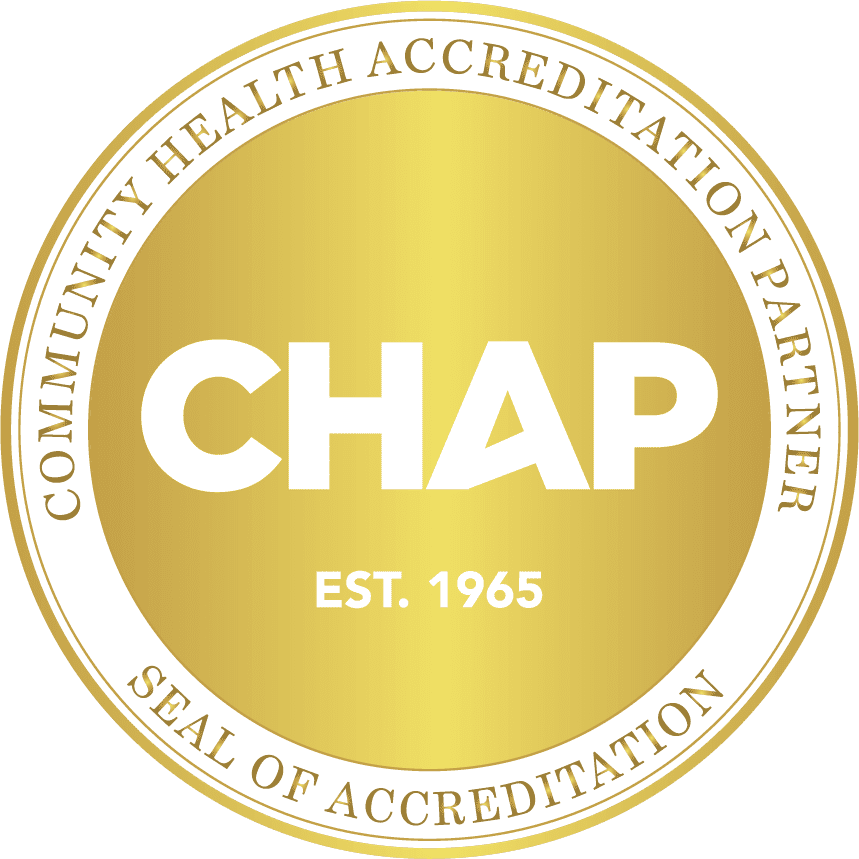As our loved ones age, they may encounter various health challenges, one of which is swallowing difficulties, medically known as dysphagia. This condition can make it challenging for them to get the essential nutrition they need.
In this blog post, we will explore how to ensure proper nutrition for elderly individuals with swallowing difficulties, ensuring their overall health and well-being.
Understanding Swallowing Difficulties (Dysphagia)
Before we can take a closer look at ensuring proper nutrition for individuals with swallowing difficulties, let’s develop an understanding of what may cause these challenges.
What is Dysphagia?
Dysphagia is a condition characterized by difficulty in swallowing food, liquids, and even saliva. It can result from various causes, including neurological disorders, aging-related muscle weakness, or structural issues in the throat or esophagus.
Identifying the Signs
Recognizing the signs of dysphagia is crucial. These may include coughing or choking during meals, recurrent pneumonia, weight loss, or refusing to eat due to discomfort.
The Importance of Proper Nutrition
Before diving into solutions, it’s vital to understand the nutritional needs of the elderly. As people age, their metabolism slows down, and they require fewer calories. However, their need for essential nutrients remains high.
Additionally, older adults may have decreased appetite, making it crucial to maximize nutrient intake with every meal.
Consequences of Malnutrition
Malnutrition in the elderly can lead to a range of health issues, including weakened immune systems, muscle weakness, and an increased risk of falls and fractures. Addressing these issues is vital for maintaining their quality of life.
Furthermore, malnutrition can prolong the recovery process after illnesses or surgeries, hindering overall health and well-being.
Strategies to Ensure Proper Nutrition
Several strategies can help ensure that your elderly loved one is receiving proper nutrition despite difficulties with swallowing. These strategies include not only modifications to food but also fostering a supportive and enjoyable dining experience.
Consultation with Healthcare Professionals
When dealing with an elderly individual with swallowing difficulties, the first step is to consult healthcare professionals. They can diagnose the severity of dysphagia and provide tailored advice.
It’s essential to involve a medical team in the decision-making process to ensure the elderly individual’s specific needs are met and to monitor their progress over time.
Modify Food Textures
For those with mild dysphagia, modifying food textures can help. This may involve thickening liquids, pureeing foods, or choosing softer alternatives.
However, it’s crucial to consult with a speech therapist or dietician to determine the appropriate texture modifications for each individual, as the level of dysphagia varies.
Specialized Diets
In some cases, a speech therapist or dietician may recommend specialized diets, such as a soft food diet or a mechanical soft diet, to make eating safer and more enjoyable.
These diets can be tailored to the individual’s preferences and nutritional needs, ensuring they receive adequate nourishment while minimizing the risk of choking or aspiration.
Feeding Assistance Devices
There are various feeding assistance devices available, such as modified utensils or adaptive plates, designed to make eating easier for individuals with swallowing difficulties.
These devices can enhance the dining experience, improve independence, and reduce the risk of food-related accidents.
Positioning Matters
Proper positioning during meals can significantly impact an individual’s ability to swallow safely. Ensuring an upright posture while eating can reduce the risk of aspiration.
Additionally, adjusting the height of the dining table and chairs can make mealtimes more comfortable and enjoyable for elderly individuals.
Regular Monitoring
Continual monitoring of an elderly individual’s nutritional intake is essential. This may involve keeping a food diary or using a food-tracking app.
Regular monitoring allows caregivers and healthcare professionals to identify any changes in dietary habits and make necessary adjustments to ensure proper nutrition is maintained.
Addressing Swallowing Challenges During Hospice Care
Hospice care is a compassionate and specialized form of healthcare that focuses on providing comfort and support to individuals with life-limiting illnesses during their final stages.
During this critical time, many patients may experience swallowing difficulties, medically known as dysphagia. Addressing these challenges is vital to ensure that patients receive the care and nutrition they need while maintaining their comfort and dignity.
Understanding Dysphagia in Hospice Care
Dysphagia is a common concern in hospice care, as many patients may have underlying conditions, such as cancer, neurological diseases, or advanced age, which can lead to swallowing difficulties.
Recognizing the presence of dysphagia is the first step in addressing this issue effectively.
Identifying Swallowing Difficulties
In hospice care, healthcare professionals should be vigilant in identifying the signs of dysphagia.
These signs can include coughing or choking during meals, difficulty initiating swallowing, or the sensation of food or liquids getting stuck in the throat. Identifying these symptoms early allows for timely intervention.
Strategies to Address Dysphagia in Hospice Care
Several strategies can be used to address dysphagia specifically in a hospice care setting.
Consultation with a Speech Therapist
One of the first steps in addressing dysphagia is to involve a speech therapist. They can conduct a thorough evaluation and recommend appropriate interventions. Speech therapists work closely with the hospice team to develop personalized strategies for each patient.
Modified Food and Liquid Consistencies
In some cases, adjusting the consistency of food and liquids can make swallowing safer and more comfortable. Thickening liquids or pureeing foods can reduce the risk of aspiration and choking, ensuring that patients can consume essential nutrients without distress.
Nutrient-Dense Meals
Hospice caregivers should prioritize nutrient-dense meals. Offering small, frequent meals that are rich in essential vitamins and minerals can help patients meet their nutritional requirements more effectively, even if they can only consume limited quantities.
Feeding Techniques and Assistance
Skilled caregivers and healthcare professionals can employ various feeding techniques to assist patients with dysphagia. These techniques may include positioning patients properly during meals, providing gentle prompts, or using specialized utensils and adaptive plates.
Emotional Support
Coping with dysphagia can be emotionally challenging for patients. Providing emotional support, open communication, and reassurance are crucial aspects of hospice care.
Caregivers should create a supportive environment that encourages patients to express their feelings and preferences regarding their meals.
Hospice care is a deeply compassionate field, and by addressing dysphagia effectively, we can make a significant difference in the lives of those under our care.
Final Thoughts
In caring for elderly individuals with swallowing difficulties, ensuring proper nutrition is paramount.
By understanding the condition, consulting healthcare professionals, and implementing appropriate strategies, we can help our loved ones enjoy a healthier and more fulfilling life.








